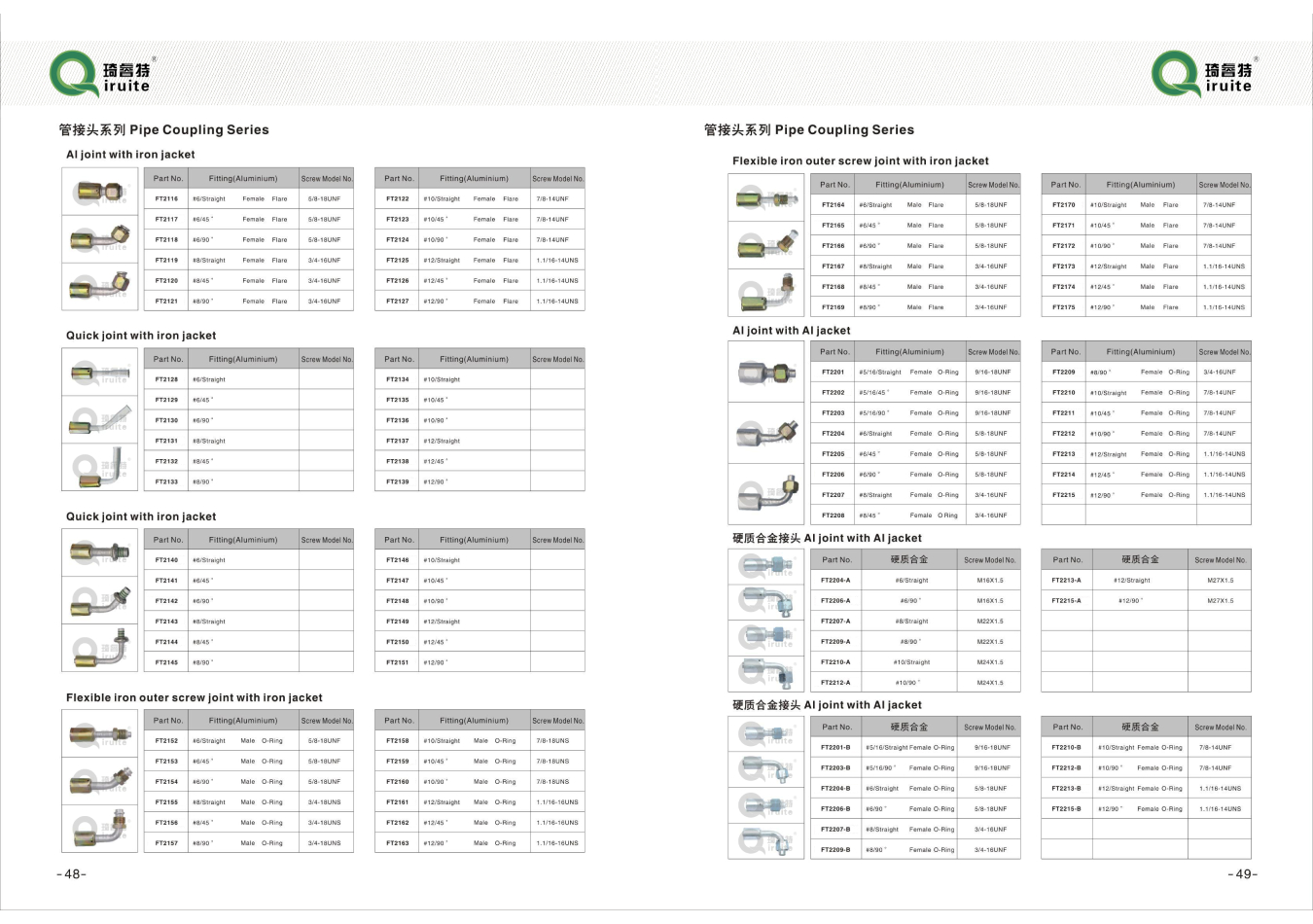lexus es300 power steering hose replacement
Replacing the Power Steering Hose on a Lexus ES300
The Lexus ES300 is a well-respected luxury sedan that offers a smooth ride and reliable performance. However, like any vehicle, it requires regular maintenance to keep it in optimal condition. One essential component of your steering system is the power steering hose. Over time, these hoses can wear out or develop leaks, leading to a loss of hydraulic fluid and, consequently, impaired steering performance. If you're experiencing difficulty in steering your Lexus ES300, it might be time to consider replacing the power steering hose.
Identifying the Problem
Before you embark on this repair, it's crucial to determine if the power steering hose is indeed the culprit. Common symptoms of a failing power steering hose include
1. Fluid Leaks Puddles of power steering fluid under your vehicle are a clear sign of a problem. The fluid is typically red or pink and has a slightly oily texture. 2. Steering Difficulty If you notice that your steering wheel becomes stiff or unresponsive, it might indicate low fluid levels due to a leak.
3. Whining Noise A whining sound when turning the steering wheel can also indicate low fluid levels, often linked to a compromised power steering hose.
Tools and Materials Needed
If you've confirmed that your power steering hose needs replacement, gather the following tools and materials before starting the job
- New power steering hose - Socket set - Wrench set - Pliers - Power steering fluid - Drain pan - Clean rags - Safety goggles and gloves
Step-by-Step Guide to Replace the Power Steering Hose
1. Safety First Before you start working on your vehicle, ensure that it is parked on a level surface. Turn off the engine, and wear safety goggles and gloves.
lexus es300 power steering hose replacement

2. Locate the Power Steering Hose Open the hood and locate the power steering hose. It runs from the power steering pump to the steering gear.
3. Drain the Fluid Place a drain pan under the power steering system to collect any fluid that may spill during the process. Remove the cap from the power steering reservoir to allow for drainage.
4. Disconnect the Old Hose Use a wrench to loosen the clamps securing the old hose. Once disconnected, carefully remove the hose and any remnants of fluid in the process.
5. Install the New Hose Take your new power steering hose and attach it to the power steering pump and steering gear, ensuring that it's secure. Reattach the clamps to keep it in place.
6. Refill the Power Steering Fluid Pour new power steering fluid into the reservoir. Make sure to use the fluid type specified in your owner’s manual.
7. Bleed the System To remove any air trapped in the system, start the engine and turn the steering wheel from lock to lock several times. Check the fluid level in the reservoir and add more if necessary.
8. Check for Leaks After bleeding the system, inspect the new hose and connections for any signs of leaks.
9. Test Drive Once you've ensured everything is secure and leak-free, take your Lexus ES300 for a test drive. Pay attention to the steering response and listen for any unusual noises.
Conclusion
Replacing the power steering hose on a Lexus ES300 can seem daunting, but with the right tools and guidance, it’s a manageable DIY project. Regular maintenance of your power steering system is vital for safety and comfort. By taking the time to replace a worn or leaking hose, you contribute to the longevity of your vehicle and ensure an enjoyable driving experience. If you feel unsure at any point, do not hesitate to consult a professional mechanic.
-
Ultimate Spiral Protection for Hoses & CablesNewsJun.26,2025
-
The Ultimate Quick-Connect Solutions for Every NeedNewsJun.26,2025
-
SAE J1401 Brake Hose: Reliable Choice for Safe BrakingNewsJun.26,2025
-
Reliable J2064 A/C Hoses for Real-World Cooling NeedsNewsJun.26,2025
-
Heavy-Duty Sewer Jetting Hoses Built to LastNewsJun.26,2025
-
Fix Power Steering Tube Leaks Fast – Durable & Affordable SolutionNewsJun.26,2025

